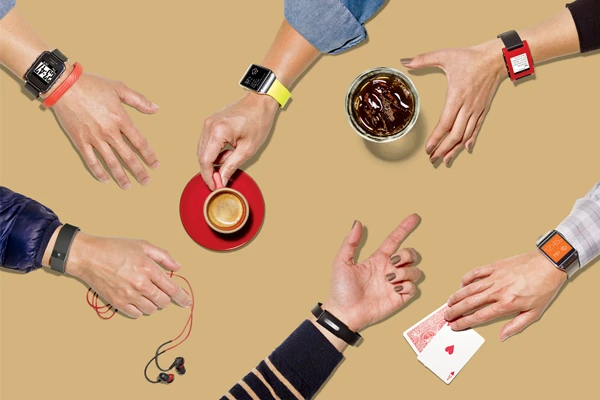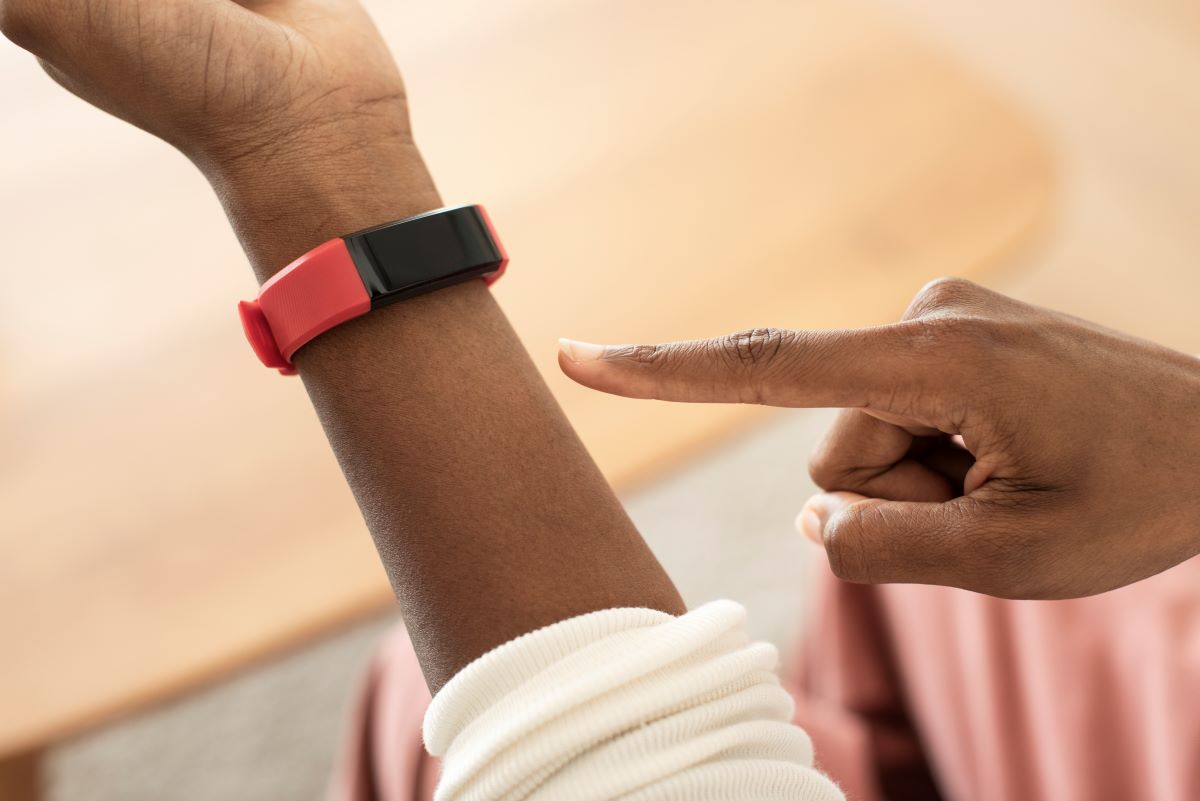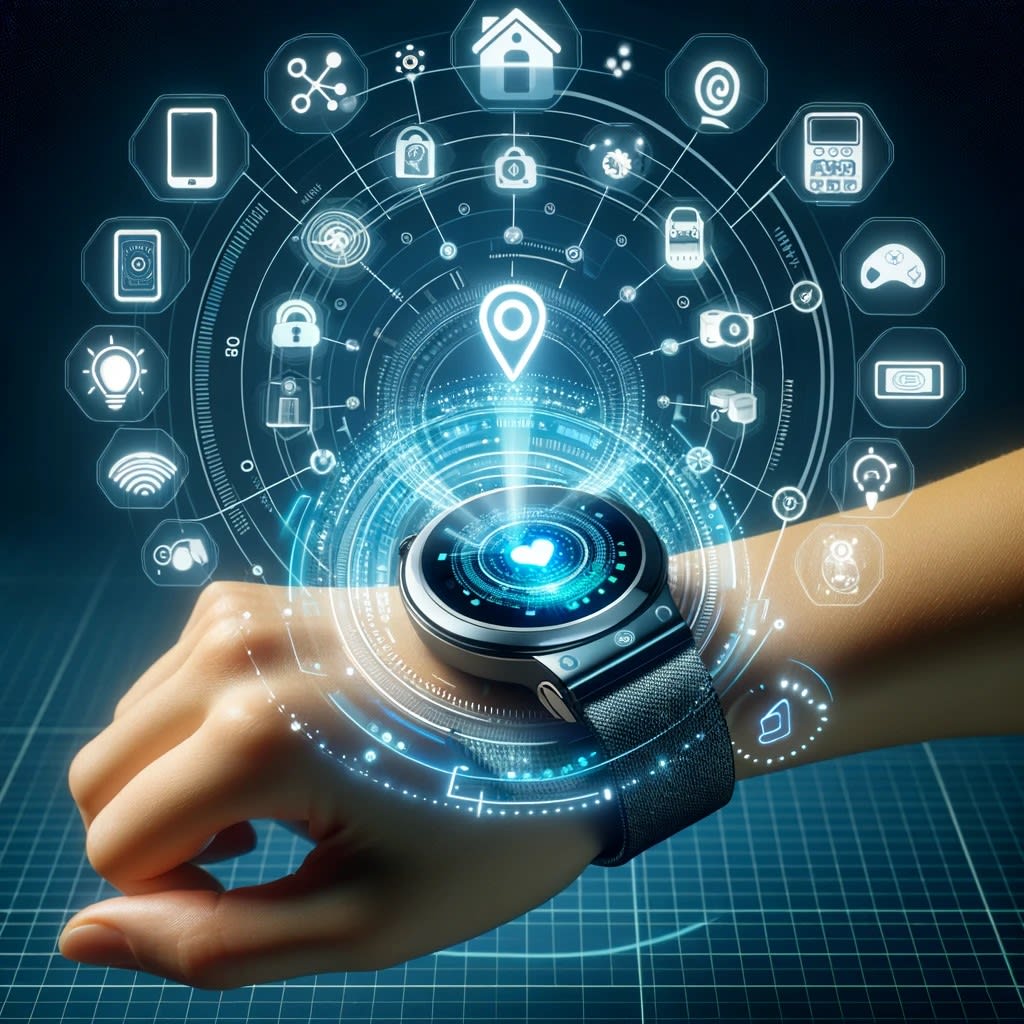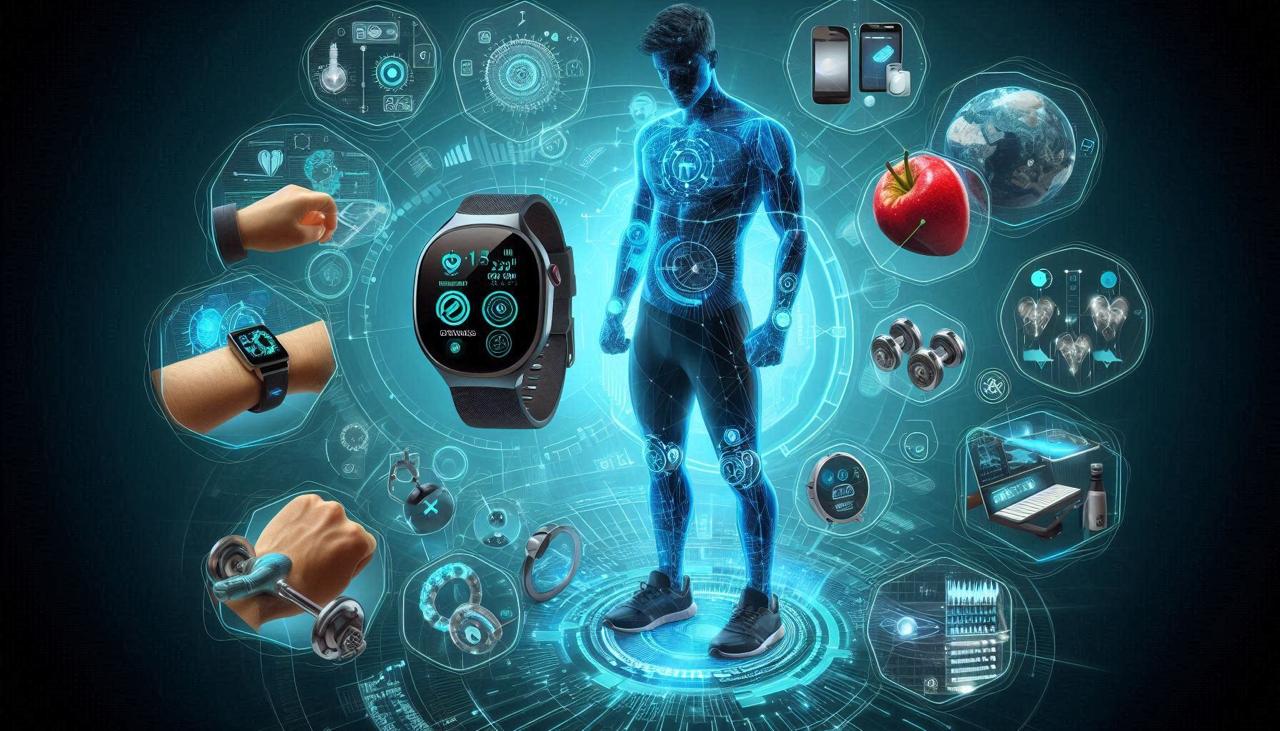Wearable technology has evolved from its early days as a technological novelty to become an essential component of our daily lives in recent years. Wearables have taken the globe by storm, with smartwatches tracking our fitness and augmented reality glasses enhancing our experiences. With over a billion users worldwide by 2024, demand for these gadgets continues to rise. But what will the future hold for this ever-changing industry? Let’s explore the intriguing world of wearable technology, including its rise, current trends, and what to expect future.
Why Wearable Technology Is Trending
Wearable technologies are appealing because they integrate seamlessly into our daily lives. Imagine being able to receive notifications, track your health, and even control your home devices from your wrist. The rise of smartphones prepared the path for this transition. As smartphones became more popular, wearables emerged as the ideal companion, providing instant access to critical services without the need to pull out our phones.
Advantages of Wearable Technology
Wearables come with a plethora of benefits that enhance our lifestyle:
- Health Tracking: Devices such as fitness trackers and smartwatches provide information about our physical health by monitoring vital signs, sleep habits, and levels of exercise.
- Productivity Boost: Wearable technology can streamline daily tasks. With quick access to notifications and reminders, users can stay focused and organized.
- Hands-Free Convenience: Many wearables, such as smart glasses, enable users to engage with technology without using their hands, which is especially useful in crowded or dynamic surroundings.
- Real-Time Connectivity: With cloud storage and instant connectivity, wearables help keep data up-to-date and accessible, promoting a more organized and informed lifestyle.
These advantages have fueled a surge in wearable device adoption, drawing in tech enthusiasts and everyday users alike.

How Wearable Technology is Transforming Different Industries
Wearable technology is more than a trend; it is altering entire sectors. Here’s a look at how wearables are influencing three crucial sectors: sports, healthcare, and fashion.
Wearable Devices in Sports
The sports sector has embraced wearable technology, which is used to improve performance and training.
Data-Driven Insights
Wearable gadgets with sensors can monitor intricate data about athletes’ movements. For example, heart rate monitors provide real-time data during workouts, allowing athletes to fine-tune their training intensity.
- Location Tracking: Devices can track an athlete’s whereabouts during training or competition to ensure safety and optimize performance methods.
- Performance Improvement: Athletes can analyze data collected from wearables to identify areas for improvement, leading to more effective training programs.
Wearable technology can help athletes push their limits while reducing the danger of harm.
Wearable Devices for Healthcare
Wearable technology has revolutionized the healthcare industry. From fitness trackers to smart health watches, these products help people better monitor and manage their health.
Continuous Health Monitoring
Wearables enable users to monitor essential health parameters, giving critical data for both preventive treatment and long-term medical condition management.
- Smart Health Watches: These gadgets can measure heart rate, pulse, and activity levels, making them useful aids for people with chronic diseases.
- Remote Patient Monitoring: Wearables enable healthcare providers to remotely monitor patients, allowing for more timely interventions and fewer hospital visits.
This integration of technology into healthcare allows people to take charge of their health, resulting in better outcomes and a higher quality of life.

Wearable Devices in Fashion
Wearable technology is also transforming the fashion business, combining style and practicality. Smart apparel and accessories are gaining popularity, allowing people to express themselves while reaping the benefits of technology.
Fashion Meets Functionality
Innovations such as temperature-adaptive clothes are gaining popularity. This smart clothing adjusts its temperature according to the wearer’s surroundings, combining comfort and style.
- AI-Printed Fashion: Wearable technology is being integrated into garment designs, making them both stylish and useful.
- Sustainable Wearables: As eco-friendly wearables become more popular, manufacturers are encouraged to innovate in order to appeal to environmentally conscious consumers.
The combination of fashion and technology is ushering in a new era in which wearables are both a fashion statement and a useful utility.
Challenges and Solutions in Wearable Technology
Despite the advantages, wearable technology confronts a number of hurdles that developers and users must overcome.
User Interface Issues
One common barrier is the user interface. Smaller screens might be challenging to use, particularly for elderly persons. To solve this, developers should prioritize usability in their designs. Large, clear icons and voice command capabilities can help make devices more accessible to all users, increasing overall satisfaction.

Battery Life Concerns
Battery life is a major challenge for wearable gadgets. Users seek technology that does not require frequent recharges. Manufacturers can create energy-efficient products by maximizing battery consumption and removing unneeded functionality. This balance will make wearables more feasible for regular use.
Platform Compatibility
Maintaining interoperability across different platforms, such as Android and Apple, can be difficult. Developers should focus on certain platforms at the initial design phase to ensure compatibility and performance. Keeping up with the latest developments and best practices for each platform will help to improve the overall user experience.
Getting Started with Wearable App Development
As we look ahead, the potential for wearable app development is immense. Here are some concrete measures for firms looking to enter this space:
- Identify your audience: Understand your target market’s demands and preferences. Are they fitness enthusiasts, health-care providers, or fashion-conscious customers? Tailoring your approach will increase engagement.
- Focus on Usability: Prioritize intuitive design and user experience. Simplified interfaces will allow people to get the most out of their devices.
- Leverage emerging technologies: Investigate advances in AI, machine learning, and health analytics. Incorporating these technologies can differentiate your goods.
- Create Partnerships: Collaborate with healthcare providers, fitness organizations, or fashion brands to broaden your reach and improve your product offerings.
- Prioritize Security: Implement strong security measures to protect user data and build trust with your audience.
By following these steps, businesses can position themselves to succeed in the dynamic world of wearable technology.

FAQs
Which types of wearable devices are the most popular today?
The most popular wearable devices are smartwatches, fitness trackers, smart glasses, and health monitoring devices.
How do wearables improve my health?
Wearables may track a variety of health parameters, including heart rate, sleep habits, and physical activity levels, allowing you to live a better lifestyle.
Are there privacy problems about wearable technology?
Yes, privacy is an important concern. Wearable devices acquire sensitive personal data, thus makers must incorporate strong security measures.
Which industries profit from wearable technology?
Wearables serve key industries such as healthcare, sports, fashion, and manufacturing by improving efficiency, safety, and user experience.

Conclusion
The rise of wearable technology demonstrates our growing connection with technology. As we look ahead, the possibilities are endless. Wearables are poised to become increasingly more integrated into our daily lives, benefiting our health and revolutionizing businesses alike. By embracing innovation and addressing difficulties, developers and businesses can shape a future in which wearable technology not only improves our experiences but also our well-being. As users, we must be knowledgeable and attentive, ensuring that the wearables we select meet our requirements and ideals.
